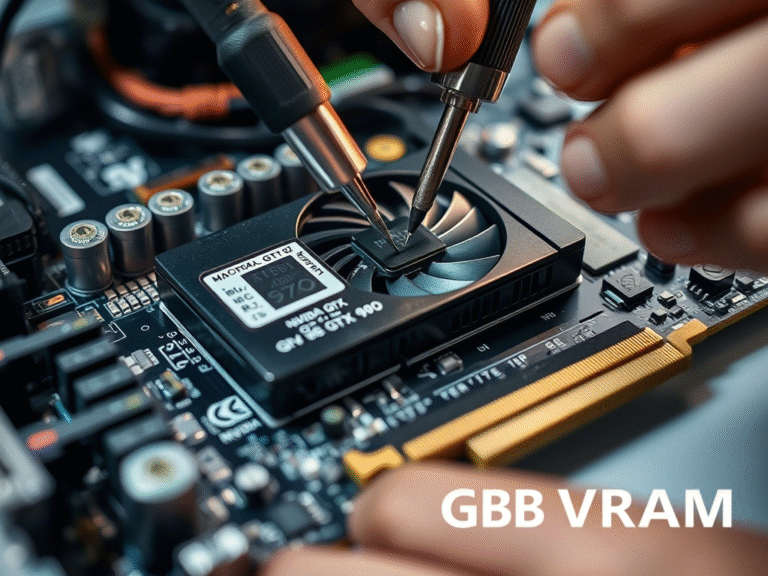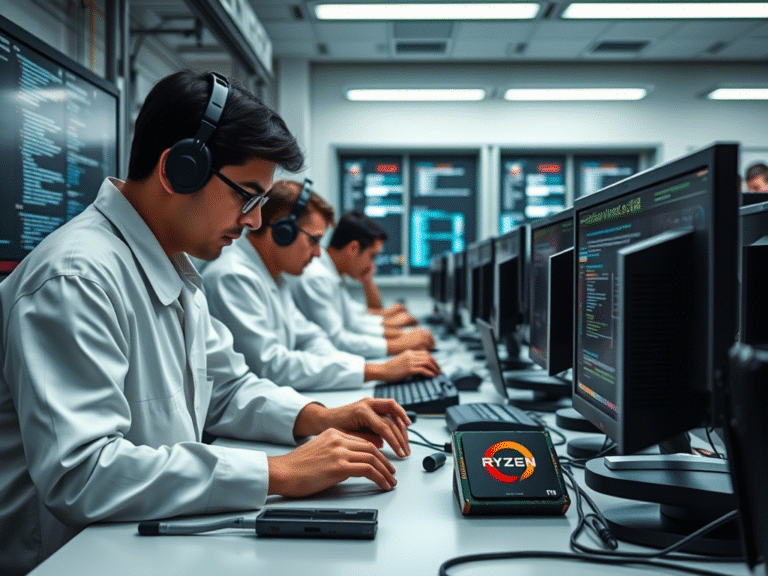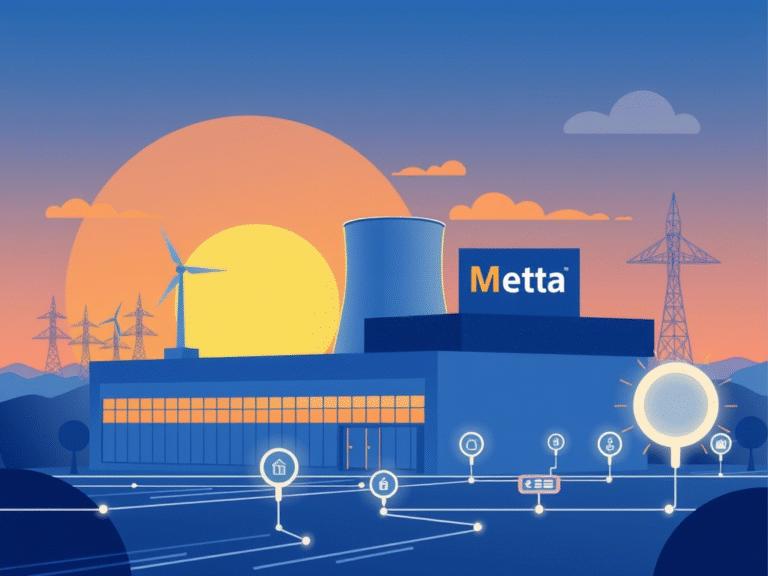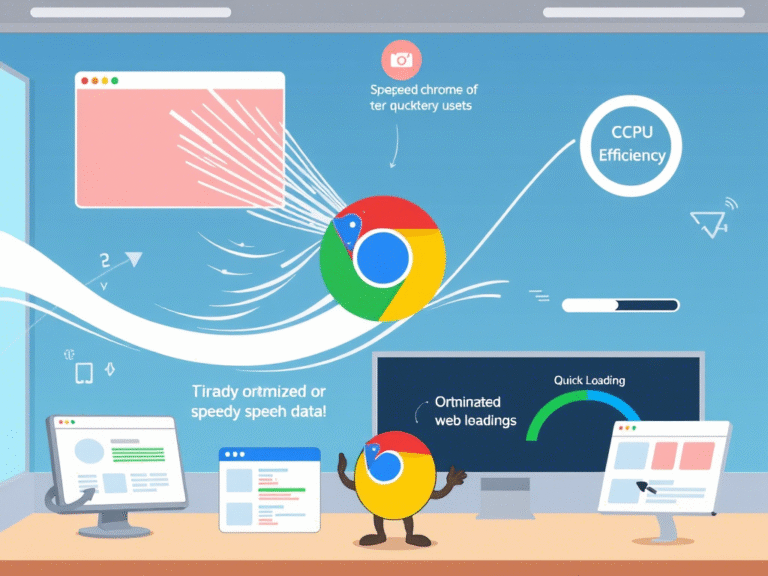Zuckerberg’s AI Vision Faces Reality Check as Top Talent Leaves

Zuckerberg’s AI Vision Faces Reality Check as Top Talent Leaves
Mark Zuckerberg’s ambitious push into artificial intelligence made headlines earlier this year when he personally led a high-stakes hiring blitz, luring top engineers and researchers from OpenAI, Google, and Apple with offers reportedly worth millions. The goal? To fast-track Meta’s vision of achieving what he calls “personal superintelligence” — a future where AI acts as a deeply personalized digital co-pilot.
But behind the bold announcements and splashy recruitment, a different story is unfolding. Despite the influx of elite talent, Meta is now grappling with a surprising problem: its new AI stars are leaving — or never showing up at all.
Joining — Then Leaving: A Pattern of Early Retreats
According to Ars Technica, the instability began almost immediately. Shengjia Zhao, co-creator of ChatGPT, joined Meta’s Superintelligence Lab only to threaten resignation days later. He reportedly signed formal exit paperwork before being offered the title of Chief AI Scientist — a last-minute move that convinced him to stay.
Others weren’t as easy to retain. Machine learning scientist Ethan Knight left just weeks after onboarding. Avi Verma, a former OpenAI researcher, completed the hiring process but never showed up for his first day. And Rishabh Agarwal, who joined in April citing Zuckerberg’s vision as a major draw, stepped down shortly after, saying he “felt the pull to take on a different kind of risk.”
It’s not just the newcomers. A wave of veteran departures has followed, including Chaya Nayak and Loredana Crisan, both key figures in Meta’s generative AI efforts, with nearly two decades of combined experience at the company. At least half a dozen long-time AI team members have now announced their exits.
Meta’s Response: Downplaying the Drama
To outsiders, the situation looks chaotic. But Meta has been quick to downplay the turnover, dismissing concerns in a statement that carried a notably sharp tone:
“We appreciate that there’s outsized interest in seemingly every minute detail of our AI efforts, no matter how inconsequential or mundane, but we’re just focused on doing the work to deliver personal superintelligence.”
The company added:
“Some attrition is normal for any organization of this size. Most of these employees had been with the company for years, and we wish them the best.”
While the message aims to project calm, the frequency and seniority of the departures suggest deeper internal friction — especially as Meta reshapes its AI hierarchy around new leadership.
A Shifting Power Structure in the AI Division
Zuckerberg’s Superintelligence Lab is structured around four core teams:
- TBD Lab — tasked with building the foundation for superintelligence, staffed largely by new hires.
- AI Products — focused on consumer-facing features.
- Infrastructure — handling compute, training, and scaling.
- Long-Term Research — exploring experimental concepts.
The effort is led by a trio: Shengjia Zhao, Silicon Valley entrepreneur Alexandr Wang (founder of Scale AI), and former GitHub CEO Nat Friedman. But this new leadership structure has stirred tension.
Notably, Yann LeCun, Meta’s long-standing Chief AI Scientist and a pioneer in deep learning, now reports to Wang — a shift that surprised many in the AI community. Meanwhile, Ahmad Al-Dahle, who played a central role in developing the Llama series, no longer leads any team despite his contributions.
Even more telling: Wang bypasses Meta’s Chief Product Officer, Chris Cox, and reports directly to Zuckerberg — a rare move that underscores the CEO’s hands-on control over AI strategy.
Clashing Visions: Speed vs. Science
Tensions aren’t limited to reporting lines. Reports suggest growing friction between Zuckerberg and Wang over the timeline for achieving superintelligence. While Zuckerberg pushes for rapid deployment and product integration, some engineers — including those from the research side — argue that the foundational work isn’t ready.
Meta has dismissed these reports as “manufactured tension without basis in fact,” calling the narrative “dramatic, navel-gazing busybodies” trying to create drama. But internal emails and employee feedback reviewed by multiple outlets suggest real disagreements over priorities, culture, and technical direction.
The Human Cost of an AI Arms Race
What’s playing out at Meta isn’t just about resignations — it’s about culture clash. Long-time researchers accustomed to open, exploratory work are now competing with high-profile hires under intense pressure to deliver fast results. The influx of new talent, while impressive on paper, has created internal politics, power struggles, and a sense of displacement among veteran teams.
This isn’t uncommon in tech — especially during major strategic shifts. But when the goal is as ambitious as “superintelligence,” stability, trust, and collaboration are just as important as raw talent.
What Comes Next?
Meta remains one of the most resource-rich players in the AI space, with massive compute power, vast data, and a global user base. The Llama series has already proven its technical strength, and AI features are rolling out across WhatsApp, Instagram, and Facebook at an accelerating pace.
But no amount of funding or hype can replace team cohesion. If Meta can’t retain both its new stars and its institutional knowledge, its dream of personal superintelligence may remain just that — a dream.
For now, the foundation is shaking. And in the high-stakes world of AI, even a small tremor can bring down a house of cards.





